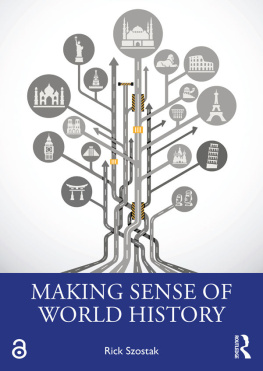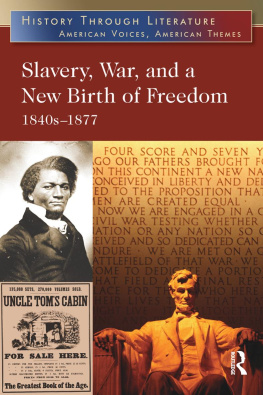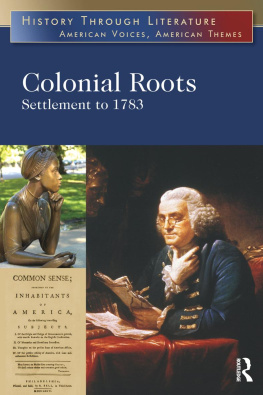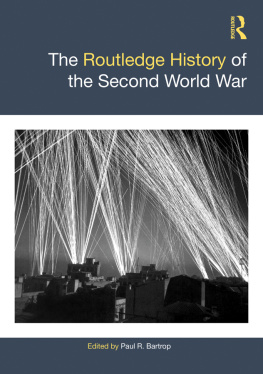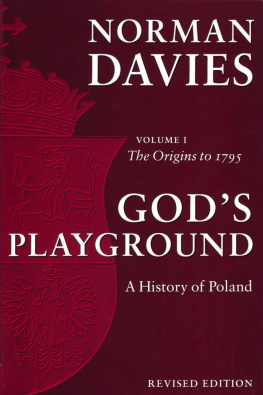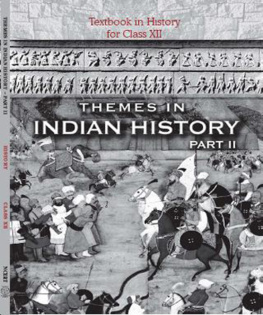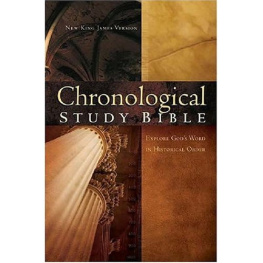MAKING SENSE OF WORLD HISTORY
Making Sense of World History is a comprehensive and accessible textbook that helps students understand the key themes of world history within a chronological framework stretching from ancient times to the present day.
To lend coherence to its narrative, the book employs a set of organizing devices that connect times, places, and/or themes. This narrative is supported by:
Flowcharts that show how phenomena within diverse broad themes interact in generating key processes and events in world history.
A discussion of the common challenges faced by different types of agent, including rulers, merchants, farmers, and parents, and a comparison of how these challenges were addressed in different times and places.
An exhaustive and balanced treatment of themes such as culture, politics, and economy, with an emphasis on interaction.
Explicit attention to skill acquisition in organizing information, cultural sensitivity, comparison, visual literacy, integration, interrogating primary sources, and critical thinking.
A focus on historical episodes that are carefully related to each other.
Through the use of such devices, the book shows the cumulative effect of thematic interactions through time, communicates the many ways in which societies have influenced each other through history, and allows us to compare and contrast how they have reacted to similar challenges. They also allow the reader to transcend historical controversies and can be used to stimulate class discussions and guide student assignments.
With a unified authorial voice and offering a narrative from the ancient to the present, this is the go-to textbook for World History courses and students.
Rick Szostak is a professor at the University of Alberta, Canada. He is the author of eighteen books and sixty journal articles spanning the fields of world history, economic history, history of technology, methodology, interdisciplinary studies, and knowledge organization.
MAKING SENSE OF WORLD HISTORY
RICK SZOSTAK

First published 2021
by Routledge
2 Park Square, Milton Park, Abingdon, Oxon OX14 4RN
and by Routledge
52 Vanderbilt Avenue, New York, NY 10017
Routledge is an imprint of the Taylor & Francis Group, an informa business
2021 Rick Szostak
The right of Rick Szostak to be identified as author of this work has been asserted by them in accordance with sections 77 and 78 of the Copyright, Designs and Patents Act 1988.
The Open Access version of this book, available at www.taylorfrancis.com, has been made available under a Creative Commons Attribution-Non Commercial-No Derivatives 4.0 license.
Trademark notice: Product or corporate names may be trademarks or registered trademarks, and are used only for identification and explanation without intent to infringe.
British Library Cataloguing-in-Publication Data
A catalogue record for this book is available from the British Library
Library of Congress Cataloging-in-Publication Data
A catalog record has been requested for this book
ISBN: 978-0-367-82089-3 (hbk)
ISBN: 978-0-367-82088-6 (pbk)
ISBN: 978-1-003-01351-8 (ebk)
Typeset in Stone Serif, Avenir and Rockwell
by Newgen Publishing UK
Contents
This book had its genesis in a remark I came across some years ago: that students and instructors of World History courses found it hard to render the material coherent. They might enjoy tales of Babylonians and Aztecs and Polynesians but wondered why such different times and places were addressed in the same course. I set out to bring greater coherence to this subject matter through the use of a handful of organizing devices that are outlined in . I stress here and there that these devices are innocuous in two important senses: They do not interrupt narrative flow, and they do not force the complexity of history into some simplifying perspective.
There are at least three key reasons why a coherent understanding of the history of the world is important:
Humanity could benefit from a coherent sense of how we came to live in the sort of societies that we inhabit today. It might well prove that a better understanding of our past would aid humanity in charting its future. This is the hope of many world historians, and we will indeed suggest that this is so for the particular approach to world history advocated in this book and will devote a closing chapter to drawing such lessons.
Humans wish to understand the meaning of life, and comprehension of our place in world history can potentially aid in our pursuit of metaphysical meaning. We will return to this question also in the closing chapter.
We will suggest that world history encourages us to reflect on our common humanity. We might alleviate the strife that exists at present among different cultural groups if we appreciated that the world we live in was shaped by interactions across diverse societies over the last millennia, and if we likewise reminded ourselves of our common heritage and common responses to similar challenges through human history.
This book is written with a passion for the practice of world history. World history is, after all, an invitation to think big.
An exhaustive and interactive thematic approach
As we shall see in , world history texts often take a thematic approach, following themes such as culture or environment across time and place. This book takes a thematic approach also, but with two important differences:
I will argue that we need to follow ten distinct themes through history. We gain a seriously biased and misleading view of history if we ignore technology or health or gender relations simply in order to make our story manageable in scope. We will, in particular, miss many important cases of cross-societal interaction if we arbitrarily limit the scope of our coverage. Happily, our organizing devices will allow us to treat all ten themes coherently.
It is the interactions among themes that are central to world history. It is thus problematic to structure books or chapters around a single theme. We will highlight thematic interactions throughout this book. We will find that multiple themes play important roles in all major historical events and processes.
Implications of these organizing devices
The five organizing devices combine to achieve coherence in world history in four broad ways:
To communicate the cumulative effect of thematic interactions through time (while stressing that cumulative change was never inevitable).
To communicate the many ways in which societies have influenced each other through history.
To communicate how all human societies have faced similar challenges, and allow us to compare and contrast how they have reacted to these.
Indirectly these in turn support an appreciation that world history is a shared history that can only be understood by appreciating how themes, regions, and people interact.
Timeliness of this book
The timeliness of the book should be stressed. It comes at a point in time when:
World history is growing in popularity.
There is no consensus on how best to structure world history courses or texts. There is a great deal of experimentation.
There is recognition that the material needs to be organized in some fashion to facilitate both teaching and learning.

